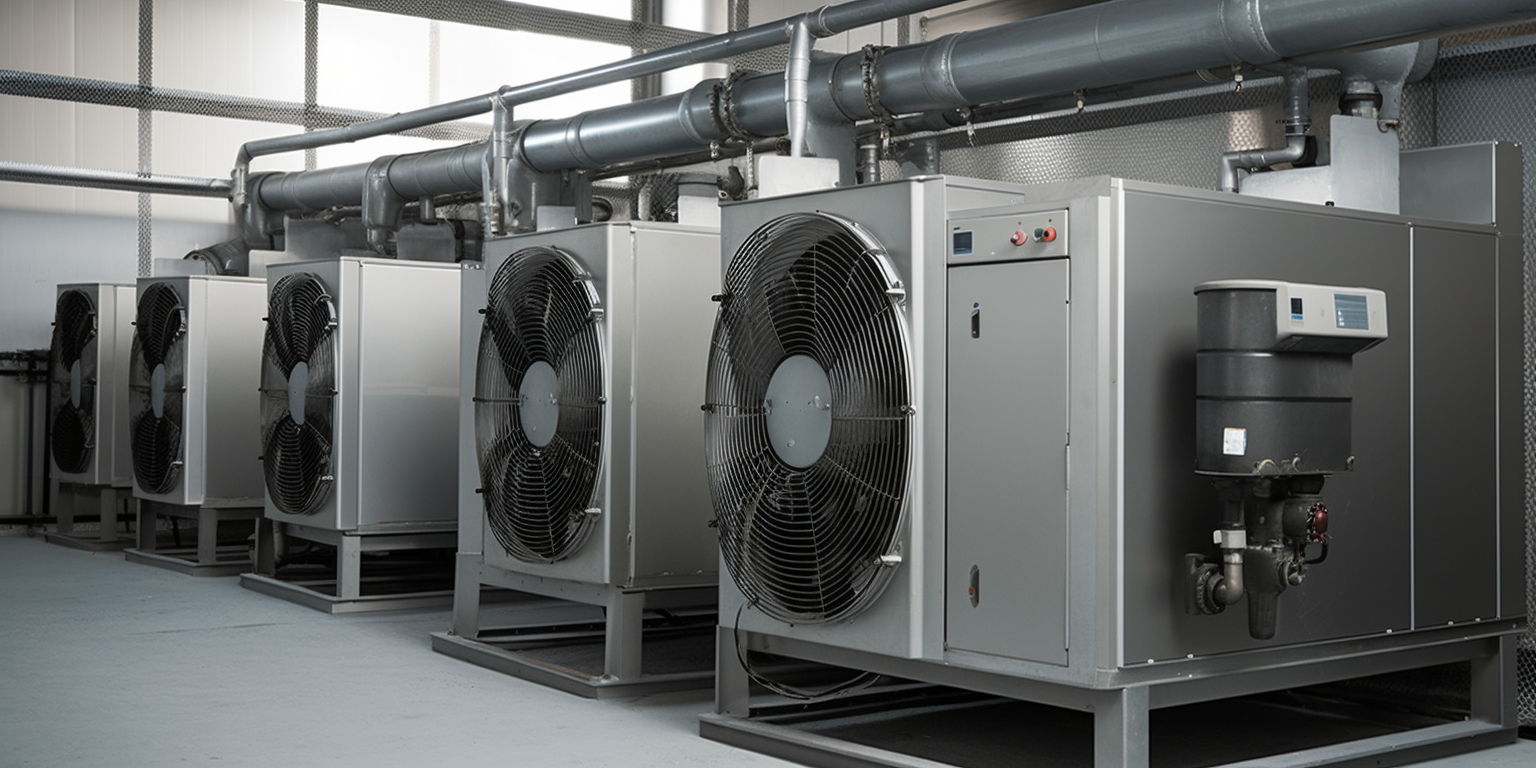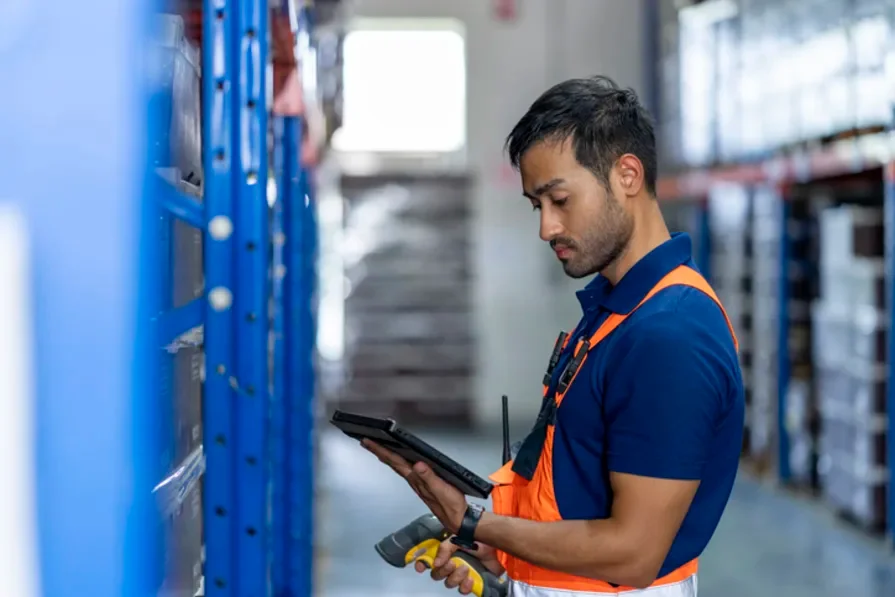A Multistage Compressor is a crucial part of many industrial and commercial refrigeration systems. In the simplest terms, it’s a machine designed to compress and transport refrigerant gases in multiple stages. Think of it as a powerhouse, efficiently pumping cool air into large spaces.
The compressor starts its job by drawing in the refrigerant gas. That’s the first stage. It then compresses this gas and moves it to the next stage. Each stage reduces the volume of the gas and increases its pressure. This process continues until the gas reaches the desired pressure. The multistage design makes this process more efficient and economical.
One key benefit of a Multistage Compressor is its ability to cool large areas quickly and efficiently. It’s an ideal choice for industrial facilities and commercial spaces where effective refrigeration is essential. It helps maintain safe and comfortable working environments, preserving the quality of products, or even ensuring the reliability of critical data center operations.
Another reason why Multistage Compressors are so important is their energy efficiency. By compressing the refrigerant gas in stages, these machines minimize energy loss, resulting in considerable savings on electricity costs.
So, whether you’re in the business of large-scale food production, run an extensive commercial shopping complex, or operate a high-tech data center, a Multistage Compressor can be a real game-changer. It’s a balance of power, efficiency, and reliability, tailored to meet the demanding conditions of industrial and commercial sectors.
What are the advantages of using a multistage compressor over a single-stage compressor in refrigeration systems?
Multistage compressors truly stand out when it comes to efficiency and performance in refrigeration systems. First off, they exhibit an enhanced cooling capacity. By compressing the refrigerant in stages, they reduce the total heat load, allowing the system to cool more effectively.
Secondly, multistage compressors are champions of energy efficiency. They require less power per unit of output compared to single-stage compressors. This is primarily because the intercooling process between stages minimizes the work of compression, thus saving energy.
Thirdly, these compressors boast a lower discharge temperature. The successive cooling between stages prevents the refrigerant from reaching excessive temperatures, thus reducing the risk of damage to system components.
Finally, multistage compressors offer greater flexibility. They can be configured to operate at different pressure levels, adapting to varying cooling requirements. This capability makes them a versatile choice for diverse refrigeration applications.
A multistage compressor truly is a hard worker, offering better cooling capacity, exceptional energy efficiency, lower discharge temperatures, and increased adaptability. This makes it the optimal choice over a single-stage compressor in many refrigeration systems.
What factors should be considered when selecting a multistage compressor for refrigeration purposes?
When selecting a multistage compressor for refrigeration purposes, consider the following key factors. First, evaluate the compressor’s energy efficiency. A multistage compressor with high energy efficiency reduces power consumption, saving you money in the long run. Secondly, consider the capacity that the compressor can handle. The capacity should align with your refrigeration needs. Thirdly, take into account the compressor’s reliability. A reliable multistage compressor minimizes downtime, ensuring your refrigeration processes run smoothly.
Next, look at the flexibility of the compressor. A flexible multistage compressor can adapt to varying refrigeration demands, making it a versatile choice. Fifth, consider the maintenance requirements. A compressor with minimal maintenance needs reduces the time and cost spent on upkeep. Sixth, factor in the noise levels. A quiet multistage compressor contributes to a more comfortable working environment.
Lastly, think about the compressor’s initial cost and long-term operational costs. While a compressor may have a low upfront cost, its operational costs could be high, impacting your budget adversely. Hence, it’s important to balance initial and operational costs when choosing a multistage compressor for refrigeration.
Remember, the right multistage compressor goes a long way in ensuring efficient and effective refrigeration. Therefore, take time to consider these factors carefully before making a choice.
What are some common maintenance practices for multistage compressors in commercial refrigeration?
Maintaining multistage compressors in commercial refrigeration systems is a critical practice that guarantees efficient performance and longevity. Regular check-ups are a must! Make sure to monitor temperature levels frequently as excessive heat could indicate a problem.
Regular lubrication prevents excessive friction and wear on the compressor’s parts. Use the manufacturer-recommended lubricant and apply it as per the instructed schedule.
Cleaning the compressor’s air filter ensures optimal airflow and prevents the compressor from working harder than necessary. A clogged filter can lead to decreased efficiency, increased energy consumption, and even damage. Consider scheduling regular filter replacement or cleaning every three months.
Inspect the belts of the compressor for any signs of wear and replace them promptly if necessary. Worn-out belts could affect the compressor’s performance and may lead to more serious damages if left unchecked.
Always keep an eye on the refrigerant level. Low refrigerant levels can decrease the efficiency of your compressor and may even result in a system breakdown.
Lastly, regular professional inspections should be conducted to detect and fix any hidden issues that may not be visible to the untrained eye. These inspections will ensure your multistage compressor is working at peak performance, keeping your refrigeration system running smoothly.
Remember, keeping your multistage compressor in good condition not only prolongs its life but also ensures efficient cooling and lower energy costs!
How energy-efficient are multistage compressors compared to other types of compressors in the market?
Multistage compressors, without a doubt, are champions in the realm of energy efficiency when compared with other types of compressors available in the market. These powerhouses work by splitting the compression process into multiple stages, which significantly reduces the energy consumed.
Here’s how it works: Instead of compressing the air from ambient to end pressure in one go, the air is gradually compressed in each stage, and cooled down before moving to the next stage. This step-by-step process reduces the work input and therefore, the energy consumed. In contrast, single-stage compressors, which compress the air in one step, tend to require more power and hence, use more energy.
Furthermore, multistage compressors are designed to handle high pressure applications, another advantage that single-stage compressors lack. They have the ability to compress a larger volume of air, making them not only energy efficient but also highly effective.
However, it’s important to note that while multistage compressors are generally more energy efficient, the actual energy saving will depend on the specific application and how well the compressor is maintained. Regular servicing and replacing worn parts can help to preserve the energy efficiency.
If energy efficiency tops your list, multistage compressors are certainly worth considering. They might have a higher upfront cost, but the long-term energy savings can quickly offset this, making them a smart and sustainable choice.
What kind of troubleshooting issues might arise with a multistage compressor and how can they be addressed?
A multistage compressor is a reliable piece of equipment, but like any machinery, it can encounter a few common issues. One challenge might be pressure imbalances. If the compressor isn’t producing the expected pressure, it could be due to a leak in the system or a faulty valve. Regular inspections can help identify leaks early, and replacing faulty valves will restore proper pressure levels.
Overheating is another concern with multistage compressors. This typically happens when the equipment is overworked, or the cooling system is not functioning correctly. Be sure to give the compressor adequate downtime and check the cooling system for any blockages or malfunctions.
Unusual noises can indicate a variety of problems, from loosened screws to more serious internal damage. If your compressor starts making unexpected sounds, it’s wise to conduct a thorough check or consult a professional.
Lastly, oil leaks can occur, particularly in older models. Regular maintenance and timely oil changes can keep the compressor in healthy condition and prevent such issues.
Remember, preventative maintenance is key to ensure the longevity and efficient operation of your multistage compressor. Regular checks, following the manufacturer’s guidelines, and addressing minor issues before they escalate can keep your compressor running smoothly.
How can software help in the operation and maintenance of Multistage Compressors?
Multistage Compressors can significantly benefit from properly implemented software solutions. The right software can make the operation of these compressors a breeze. For instance, it could provide real-time monitoring of compressor performance, helping operators to maintain optimal operating conditions. By making adjustments based on real-time data, energy efficiency can be significantly improved.
Maintenance tasks too can be streamlined with the help of software. Predictive maintenance software can use data such as pressure, temperature, and vibration readings to predict potential issues before they lead to failure. This drastically reduces downtime, as well as maintenance and repair costs. In the long run, this can lead to substantial savings and ensure a longer lifespan for the compressor.
Moreover, software can provide a centralized platform for data collection and analysis. It can collect data from multiple sensors installed in the compressor, process it, and present it in an easy-to-understand format. This makes it easier for operators to spot trends, understand compressor performance, and make informed decisions.
Key Takeaways:
- Multistage Compressors are Energy Efficient: They compress air step by step, cooling it down between each stage. This process reduces the energy consumption, making them more energy-efficient than single-stage compressors.
- Maintenance Matters: Regular inspections, timely part replacements, and servicing are crucial for maintaining the efficiency and longevity of a multistage compressor. Neglecting maintenance can lead to issues like pressure imbalances, overheating, unusual noises, and oil leaks.
- Troubleshooting is Essential: Regular checks can help detect and address issues like leaks, faulty valves, overheating, and unusual noises. Addressing these issues promptly can prevent serious damage and maintain the compressor’s performance.
- Software is Helpful: Software solutions can provide real-time monitoring of a compressor’s performance and streamline maintenance tasks. They can also predict potential issues, reducing downtime and repair costs. Furthermore, they present data in an easy-to-understand format, helping operators make informed decisions.



